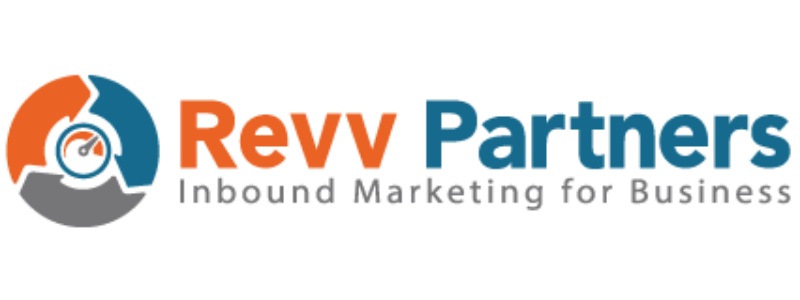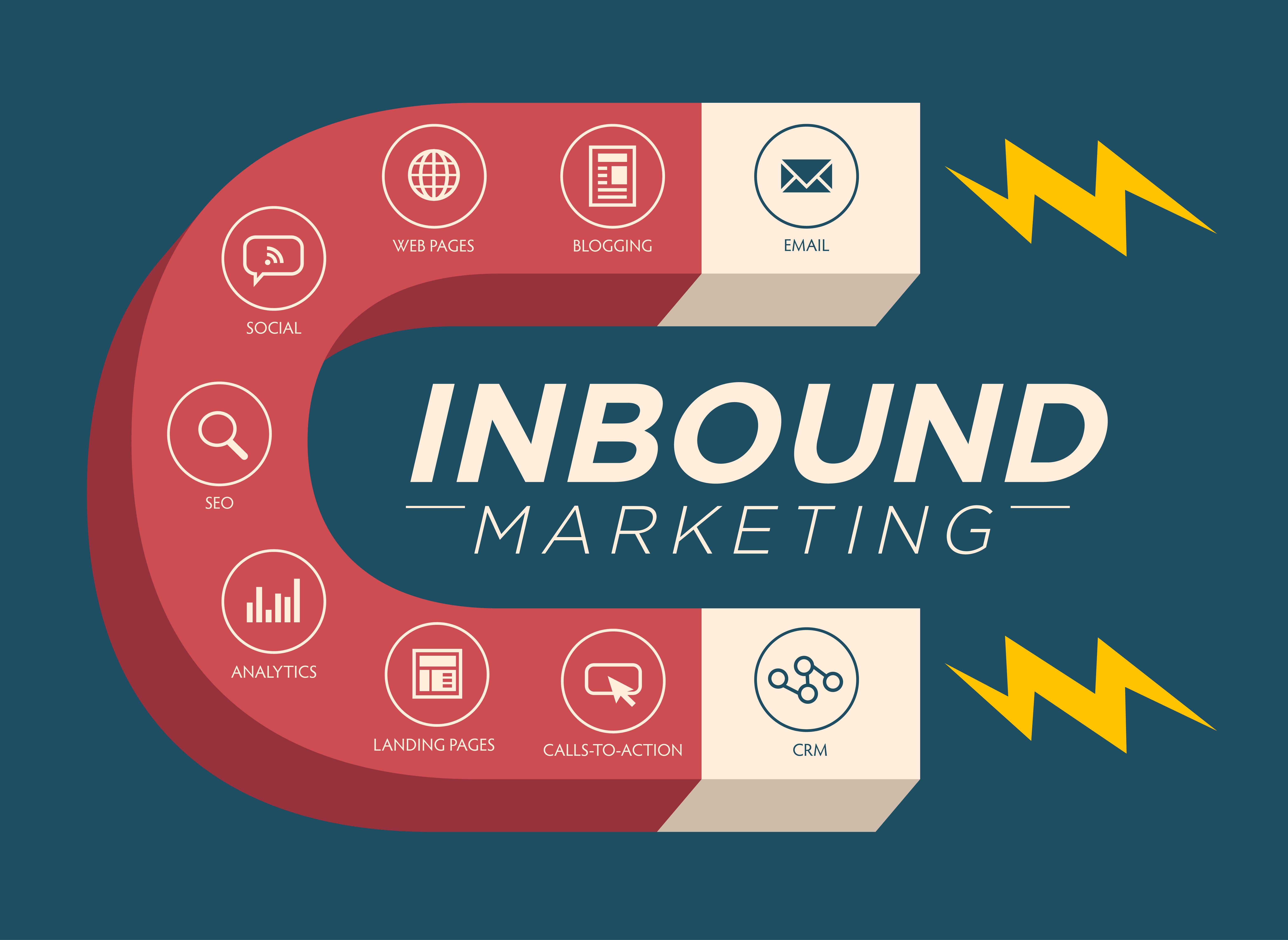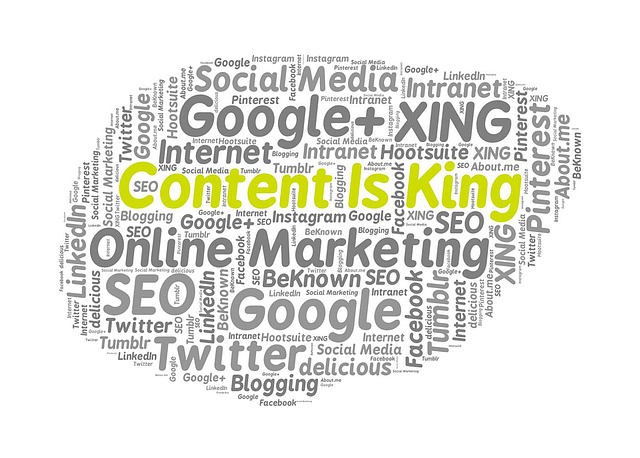Finally. Something about marketing finally adds up to your left-brain way of thinking.
It's called inbound marketing, and while it's been sharing the stage with other marketing strategies for about 10 years, it has assumed center stage for only about the last two. As it continues to draw new devotees, understand that it can launch your professional services firm head and shoulders above your competitors – if, that is, your tactics are guided by a comprehensive marketing strategy.Probe the logical definitions
It's logical to begin with a solid understanding of what inbound marketing is; after all, a definition appeals to the logical, analytical and objective tendencies in your nature. It's also probably why you're in your element in a professional services firm, whether it's an accounting, architectural, engineering, IT or law firm.
Left-brain thinkers tend to gravitate to professional service firms (while you're more likely to find right-brain thinkers at marketing companies). “Left-brainers” revel in order, details and precision, so inbound marketing should appeal to your quest for a specific objective and an orderly process. Consider that:
-
Hubspot – a leader in inbound marketing training – defines inbound marketing as “using marketing to bring potential customers to you rather than having your marketing efforts fight for their attention. By creating content specifically designed to appeal to your customers, inbound attracts qualified prospects to your business and keeps them coming back for more.”
-
Forbes – a favorite read among left-brain thinkers at professional service firms – adds that inbound marketing employs tactics to “get found” or “get spotted by customers” and ultimately builds trustworthy reputations, creates brand awareness and thought leadership, develops valuable customer relationships, establishes credibility and improves search engine optimization.
Home in on the tactics
Inbound marketing tactics, driven by a sound marketing strategy, include six key components:
-
Content, the foundation on which all of your inbound hopes are built. Focus on quality over quality – and not only to appease the search engines. Your goal is for customers to find real value in your articles, ebooks, newsletters, podcasts, videos, webinars and white papers. Then they will be more likely to pass them on to others, too.
-
Blogging, which deserves a special category since – you have to be realistic – the search engines rank new, informative content from blogs above the static content found on general website pages. Posting weekly blog articles that appeal to your target customers will draw them directly to you so that you “get found” – the essence of inbound marketing.
-
Search engine optimization, which is undeniably the most scientific component of the inbound marketing process. If “content is king,” as Bill Gates famously said, then keywords are the queen. They drive the rankings on the major search engines, and every single page on a web site should be built around one keyword in particular.
-
Website design, which must be so alluring that visitors linger long enough to find their way to the landing pages. It's fine to continue to think of your website as your business' “best advertisement” as long as you temper this idealistic notion with realism: It also must convert visitors to leads. If it doesn't, place a redesign on your “to-do” list.
-
Social media, which may run counter to your left-brain instincts – at least on first glance. But there's no denying that sites such as Facebook, Instagram, LinkedIn and Twitter are the methods that people use most often to share content – your content – with others. This represents a potential gold mine of opportunity for you to enhance your visibility and reach new, potential customers.
-
Email marketing, which many business owners say is their most effective tactic. To succeed, send emails as part of a well thought-out campaign rather than sporadic, unconnected messages.
Taking an honest, objective assessment of your digital marketing efforts is the first step in developing an inbound marketing strategy that can help grow your professional service firm. It's also an exercise that thrives on collaboration, so when you need help, contact us for a complimentary assessment.





